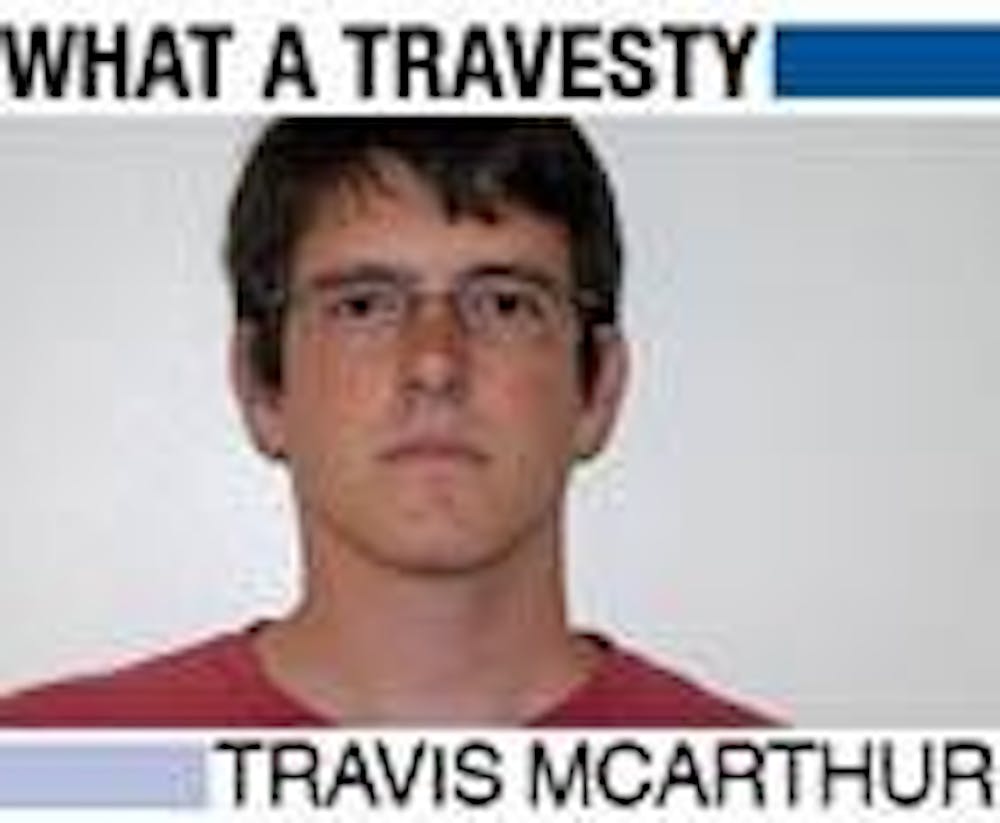This month, the Supreme Court will hear arguments about the constitutionality of D.C.'s ban on handgun ownership. Until now, cases regarding a local government's ability to restrict gun ownership have only been heard in lower courts. The constitutional issues involved are worthy of much discussion, but I prefer to focus on the real-world effects of this ban on the District residents.
Because of the uniqueness of D.C.'s gun law, many organizations have conducted studies into the effect of the law upon crime. As is the case with many controversial studies, its design strongly impacts its conclusions. The U.S. Conference of Mayors commissioned a study in 1980 to examine the effect of the 1975 handgun ban in the District. It found that there was a significant drop in crime due to the law. The study, however, used the jurisdictions immediately surrounding D.C. as the controls. In addition, the study assumed the effect of the law would be almost immediate, which is a questionable assumption, given the law did not outlaw gun possession for those who owned guns prior to the law's enactment.
In a study published in the Law & Society Review in 1995, Chester Britt, David Bordua and Gary Kleck strongly criticize the methodology of the U.S. Conference of Mayors and offer their own conclusions about the effect of the gun ban. They contend that, despite their proximity to D.C., the Maryland and Virginia counties surrounding D.C. could not be more different from the District. The counties are wealthy, have low crime rates and are suburban-to-rural. D.C., on the other hand, has a high poverty rate and a high crime rate. The authors argue for Baltimore as a more appropriate jurisdiction for comparison. Evidently, Baltimore actually saw a greater fall in its crime rate than D.C. saw in the years immediately following 1975, even though it enacted no new gun laws in that period.
It seems, then, that the fall in crime immediately following the enactment of D.C.'s gun ban was due to a nation- or regionwide trend in crime rates. This hypothesis continues to hold water when we examine the 1980s and early 1990s. When the crack cocaine epidemic pushed up crime rates nationwide in the 1980s, D.C.'s crime rates quickly skyrocketed, eventually putting D.C. at the top of the list for the most murders per capita of any large city in the United States. At the peak of the murder crisis in 1991, 479 people were murdered in the District. Crime in D.C. and nationwide has declined since then, yet in 2002, D.C. once again was the "murder capital" of the United States.
The biggest challenge D.C. faces with respect to enforcing its gun ban is that it is surrounded by jurisdictions without similar bans on gun sales and ownership, which leaves the door wide open to gun trafficking. According to an investigation by The Washington Post, people who have no criminal record buy handguns legally in Virginia and file off the serial number to prevent tracing of the weapon. They then sell the guns to criminals in D.C. for a price of up to twice what they initially paid for the gun.
In sum, D.C.'s ban on handguns did not reduce crime as was hoped. Policy makers are fools if they think a criminal will refrain from acquiring a weapon if legal guns are on sale just across the Potomac. To fight crime, the D.C. government should work hard to ensure residents have good economic opportunities to make a life of crime less attractive. We can hope that Mayor Adrian Fenty's efforts to tackle poverty will more effectively lower crime than has the gun ban.
Travis McArthur is a senior in the School of International Service and a D.C. politics columnist at The Eagle.




